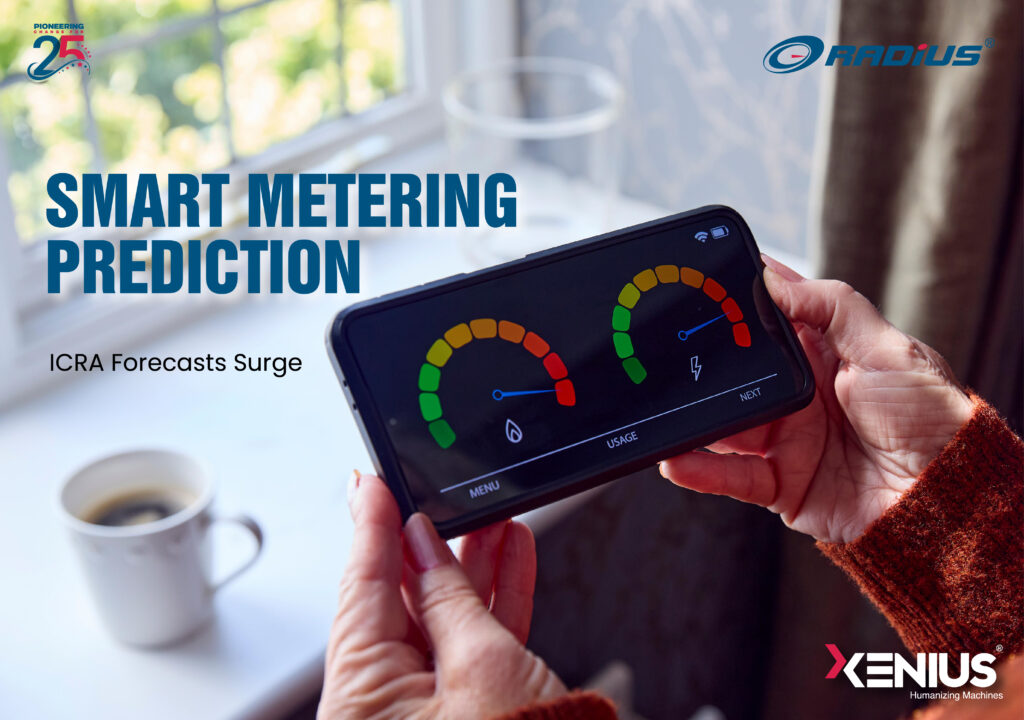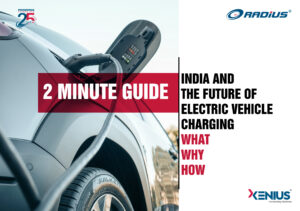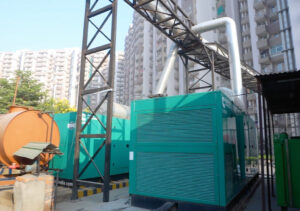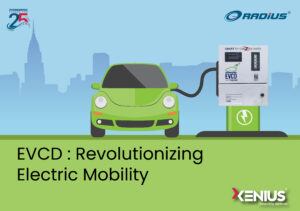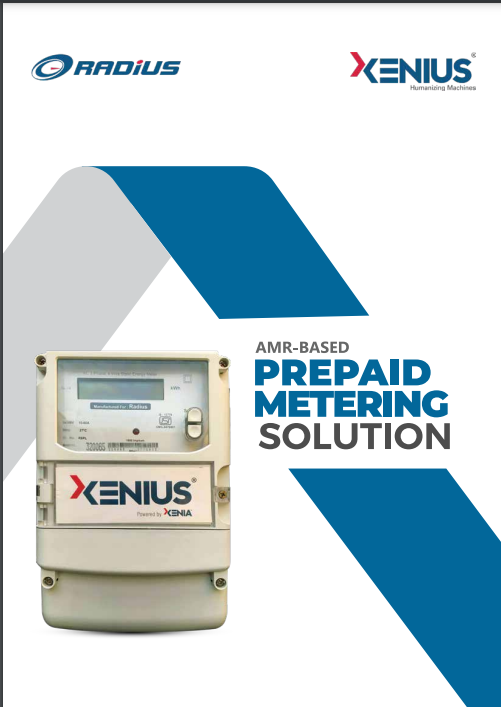India’s energy sector is on the brink of a revolutionary transformation with a significant surge in smart metering installations anticipated over the next two years. This uptick, propelled by the momentum in tendering processes, is a key projection by ICRA, shedding light on the evolving dynamics of the country’s power distribution framework. A recent report by ICRA anticipates a substantial surge in the allocation of smart meters by state distribution utilities (DISCOMs), projecting an increase from the current 99 million to a remarkable 222 million in the near to medium term. The driving force behind this upswing is the increased focus of state distribution utilities (DISCOMs) on replacing traditional meters with smart meters. This strategic shift is a direct outcome of the Revamped Distribution Sector Scheme (RDSS) initiated by the Government of India in July 2021. The RDSS is poised to redefine the energy distribution landscape by targeting the reduction of Aggregate Technical & Commercial (AT&C) losses and aligning the cost of supply with tariff structures.
At the heart of the RDSS is a unique model known as DBFOOT, which stands for Design, Build, Finance, Own, Operate, and Transfer. This model facilitates DISCOMs in the seamless deployment of smart meters without the burden of upfront investments. Furthermore, it grants DISCOMs the ownership of these assets at the conclusion of the contract tenure, offering a sustainable and cost-effective solution for the widespread implementation of smart meters.
The success of the smart metering project under RDSS hinges on the strategic approach adopted by DISCOMs. For tangible benefits and net positive savings, it is imperative for DISCOMs to take into account the consumption patterns of their customers during the transition from conventional to smart meters. In-depth analysis by ICRA emphasizes that a significant reduction in AT&C losses is paramount for maximizing the advantages of smart metering initiatives.
RDSS Framework: Unpacking the components
The Revamped Distribution Sector Scheme is a holistic initiative designed to address key challenges in India’s power distribution system. Here’s an analysis of its core constituents:
Reducing AT&C Losses: AT&C losses have long been a concern in the power distribution sector. The RDSS aims to curtail these losses through the implementation of advanced technologies, with smart meters playing a pivotal role. These meters provide real-time data, enabling DISCOMs to identify and rectify distribution inefficiencies promptly.
Equalizing Cost of Supply and Tariff: The misalignment between the cost of supplying electricity and the tariff charged to consumers has been a longstanding issue. RDSS seeks to bridge this gap by leveraging the data-driven capabilities of smart meters. Accurate consumption insights enable DISCOMs to set tariffs that reflect the actual costs of electricity supply.
DBFOOT Model for Smart Meter Installations: The innovative DBFOOT model has emerged as a game-changer in the deployment of smart meters. By taking care of the entire life cycle of the metering infrastructure, from design and financing to operation and transfer of ownership, this model provides a sustainable and financially viable solution.
Strategic Considerations for DISCOMs: A path to net positive savings
The success of the smart metering projects is contingent on the strategic decisions made by DISCOMs. A nuanced approach is necessary to ensure that the transition to smart meters not only addresses current challenges but also sets the stage for long-term efficiency. Here are key strategic considerations:
Customer Consumption Patterns: One of the critical factors highlighted by ICRA’s analysis is the need for DISCOMs to consider customer consumption patterns. Understanding when and how consumers use electricity is crucial for optimizing the benefits of smart metering. This data-driven approach enables DISCOMs to tailor their strategies for maximum impact.
Data Analytics for Efficiency Gains: Smart meters generate vast amounts of data in real-time. DISCOMs need to leverage advanced analytics tools to derive meaningful insights from this data. Predictive analytics can anticipate potential issues, preventive maintenance schedules, and identify areas for further optimization.
Investment in Training and Awareness: The successful implementation of smart meters requires not only technological readiness but also a workforce that is well-trained in handling the new systems. Additionally, creating awareness among consumers about the benefits of smart meters and how to make the most of them is crucial for a smooth transition.
Integration with Renewable Energy Sources: As India progresses towards a greener energy landscape, integrating smart meters with renewable energy sources becomes vital. Smart meters can facilitate the efficient management of energy from renewable sources, helping DISCOMs balance the grid effectively.
ICRA’s Insight: Significance of AT&C loss reduction
ICRA’s analysis underscores the pivotal role of AT&C loss reduction in realizing tangible benefits from the smart metering initiatives. Aggregate Technical & Commercial losses represent a composite of technical losses (energy dissipated as heat during transmission and distribution) and commercial losses (due to theft, billing inefficiencies, etc.). Reducing these losses is essential for DISCOMs to achieve operational efficiency, improve revenue realization, and enhance the overall health of the power distribution system.
Future Trajectory: Embracing innovation for sustainable growth
As India stands on the cusp of a smart metering revolution, the trajectory of its energy sector is poised for a paradigm shift. The integration of advanced technologies, data analytics, and strategic planning by DISCOMS will not only address existing challenges but also pave the way for sustainable growth. The success of the RDSS and the subsequent surge in smart meter installations exemplify the potential of innovative models and collaborative efforts in shaping the future of India’s energy landscape.
Navigating the energy transition
To wrap up: The surge in smart metering installations in India, fuelled by the RDSS and propelled by the strategic focus of DISCOMs, marks a significant milestone in the country’s energy transition journey. The multifaceted approach of addressing AT&C losses, aligning costs with tariffs, and leveraging the DBFOOT model showcases a commitment to efficiency, transparency, and sustainability. As DISCOMs navigate the complexities of this transformative journey, the insights provided by ICRA serve as a compass, guiding stakeholders towards a future where smart technologies empower a resilient and agile energy sector.
DISCLAIMER
Observations and options expressed in the article (except where specifically validated by market numbers and stats) belong to the contributing writer of the article, and are not necessarily indicative of the company’s position and stance in the matter.


